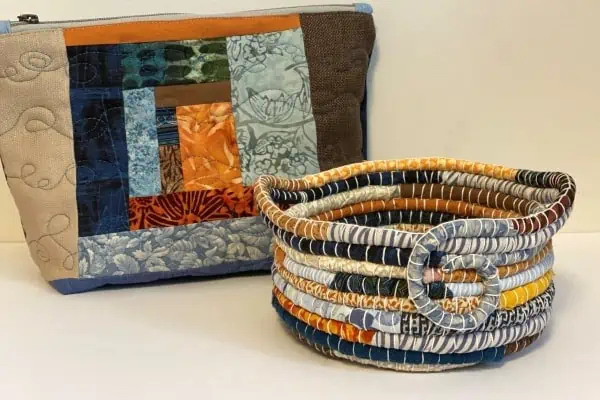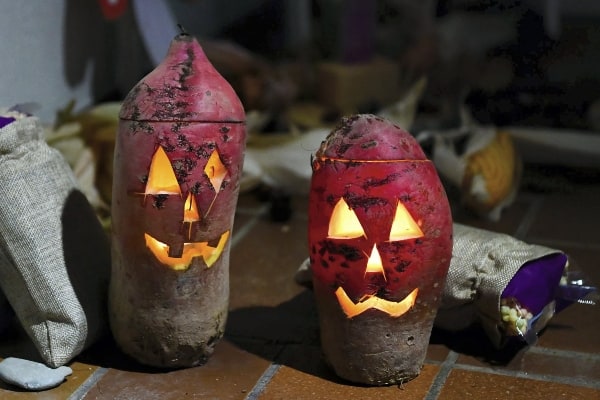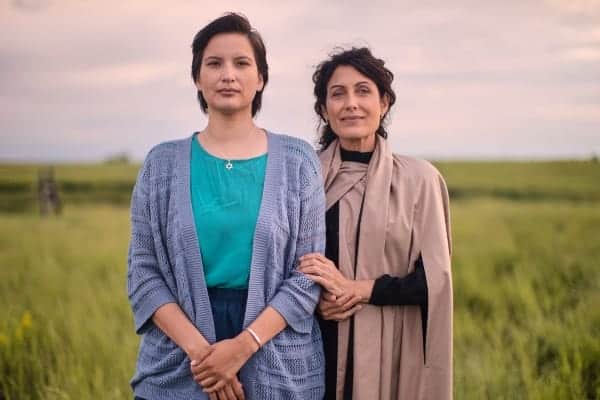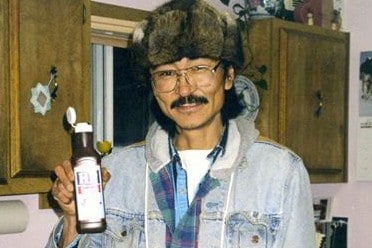Take the Gwich’in language challenge. It’s a challenge from Norman Snowshoe, the former Gwich’in Tribal Council vice president. He said, “If you learn one Gwich’in word a day, at the end of the year you’ve learned 365 Gwich’in words.”
Jacey Firth-Hagen, 23, jumped to the challenge. She started a social media based movement, called Speak Gwich’in To Me, that is aimed at reviving the Gwich’in language.
With a Gwich’in population of around 1,900 in Canada, only around 430 people still speak it fluently. Firth-Hagen would like to see those numbers change.
Firth-Hagen created Speak Gwich’in To Me on June 26, 2015 as a social media hub for Gwich’in language learning resources such as photos, videos and sound clips, with the goal of creating awareness towards the importance of languages and a dialogue towards endangered languages.
Firth-Hagen says that anyone can be a part of Speak Gwich’in To Me by simply uploading a photo and tagging it #SpeakGwichinToMe. Follow the hashtag #SpeakGwichinToMe on Facebook, Twitter, Instagram, Youtube, and Soundcloud to follow up on what’s happening and connect with resources that have been created.
She got the idea for Speak Gwich’in To Me at a circumpolar language symposium in Ottawa where a youth delegate from the Saami council did a presentation called “Speak Saami To Me.” The Saami are an indigenous people who live in the far northern areas of Norway, Sweden, Finland, and the Kola Peninsula in Russia. They are experiencing similar challenges to the Gwich’in people.
She says the movement has spread as others are picking up the idea as a way to revive their traditional languages.
“Even when Speak Gwich’in To Me was just starting I was getting messages from people all over the world both First Nations and non-First Nations saying, ‘Hey I really love what you’re doing,’ and asking ‘Would you mind if I copy what you’re doing?’” Firth-Hagen says. “I received messages from all over Canada from indigenous and non-indigenous people saying, ‘Thank you for doing this.’ People all around the world and the north are interested.”
She sees it as the continuation of a growing trend.
“Speak Gwich’in To Me has inspired the creation of On the Go Anishnaabemowin Learning (in Ontario), and inspired Iñupiaq Phrase of the Day, to change the name to Speak Iñupiaqtun To Me (In Alaska),” Firth-Hagen says. “Itoah Scott-Enns was also a youth delegate at the conference in Ottawa and has since created Speak Tłı̨chǫ To Me (in the Northwest Territories). Before Speak Gwich’in To Me, there was already Speak to me in Dehcho Dene Zhatie in the Northwest Territories.”
Firth-Hagen has some advice for others who want to help grow their own traditional language and culture: “Don’t be afraid to ask your elders or your peers about your language or your culture and if you want to make your own ‘Speak Gwich’in To Me,’ go ahead.” She stresses that anyone can create their own language or culture movement.
Reconnecting with one’s own culture is a personal journey, Firth-Hagen says.
“It’s a total individual movement with our indigenous languages; I never asked anyone to participate or help me,” she says. “Everything has been done under people’s own initiative.”
She’s happy with how the movement has translated from online into on-the-ground initiatives. “Since creating Speak Gwich’in To Me I have noticed a rise in Gwich’in language classes throughout the Northwest Territories,” she says. “Currently, I know that there is a Gwich’in language class happening in Inuvik. I have been reached out to by a teacher in Old Crow, Yukon who has been teaching students about Speak Gwich’in To Me as a positive way to use social media, and there is a very large and active following in Alaska.”
The Northwest Territories Literacy Council just finished an Indigenous language learning campaign for literacy month in March using a social media initiative called #MyLanguageMatters, which Firth-Hagen participated in.
“The Gwich’in Tribal Council and Gwich’in community is always actively looking to promote Gwich’in language use and share language learning resources,” she says. “Recently in Inuvik, a worker at the Youth Centre reached out to me regarding introducing Gwich’in and Inuvialuktun language learning. Which is incredible.”
Firth-Hagen says that growing up in Inuvik she was concerned about the future of her traditional language,
“I thought, ‘If I don’t do something now, at a young age, my language will disappear,’” she says. “There has been a gap between youth and elders, but when I first started Speak Gwich’in To Me I was naïve and worried about the language. From what I knew growing up in Inuvik it felt like a dire situation.”
Through the success of her project, she has become more optimistic.
“(I’ve met) so many amazing people! Gwich’in are proud of our culture, which is very much alive, and the language will be revitalized through elders connecting with the younger generation. Many of the elders still speak the language. We still have that connection,” Firth-Hagen says. “Our language is totally living and breathing!”
She started the project as a way to “bring Gwich’in together across borders,” and the project is growing beyond what she initially imagined.
There’s a documentary film now in production based around her project. “With the help of the Speak Gwich’in To Me documentary, language revitalization and the importances of languages will get even more traction,” says Firth-Hagen.
Johanna Gabriela Luna is directing the Speak Gwich’in To Me documentary, which is due for release in the summer of 2018. Luna is a broadcast journalist and was working at CKLB Radio 101.9FM Aboriginal Radio station in Yellowknife, (where Firth-Hagen also worked for a time), when she heard of Firth-Hagen’s project.
“Jacey is an intelligent, bright, and cool activist,” Luna says. “She loves her culture and really wants to make a difference in her community. That’s what stood out about her. She’s passionate about revitalizing the Gwich’in language. She has started a social media buzz and put the spotlight on revitalizing the language.”
Luna says filming the Speak Gwich’in To Me documentary drove home the importance of knowing your native language.
“I couldn’t imagine if someone told me that my Spanish language is dying,” Luna says. “This film tells the importance of revitalization and language… The bottomline is, language is vital not just to communicate, but it’s part of your culture.”
Firth-Hagen is currently in her second year of Northern Outdoor and Environmental Studies at Yukon College. She plans to continue her post-secondary studies and obtain a bachelor’s degree.
In February she traveled to Kautekeino, Norway as a Gwich’in Tribal Youth Representative for the Gwich’in Council International. There she attended an EALLU-Reivdan Seminar: Knowledge and Indigenous Food Systems, where she presented on the Gwich’in people in front of Seminar delegates, the Saami Council, and delegates for the Conservation of Arctic Flora and Fauna regarding endangered languages as well as the Gwich’in language.
“My end goal is to move back to my hometown of Inuvik, Northwest Territories and give back to my community and Gwich’in people through education, volunteering, and my work with language.”
There are Many Dialects of the Gwich’in Language
Vuntut Gwitchin is spoken in Old Crow, Yukon, and in the Northwest Territories there are three different Gwich’in dialects: Ehdiitat Gwich’in spoken in Aklavik, Tetlit Gwich’in spoken in Fort Mcpherson, Gwichyaa Gwich’in spoken in Tsiigehtchic.
In Alaska there are six different Gwich’in dialects: Dihai-kutchin spoken in the communities of Arctic Village and Venetie, Neetsaii Gwich’in spoken in the communities of Arctic Village and Venetie, Gwichyaa Gwich’in spoken in Beaver and Fort Yukon.
Deenduu Gwich’in is spoken in Birch Creek, Draanjik Gwich’in is spoken in Chalkyitsik and Danzhit Hanlaii Gwich’in is spoken in Circle.




